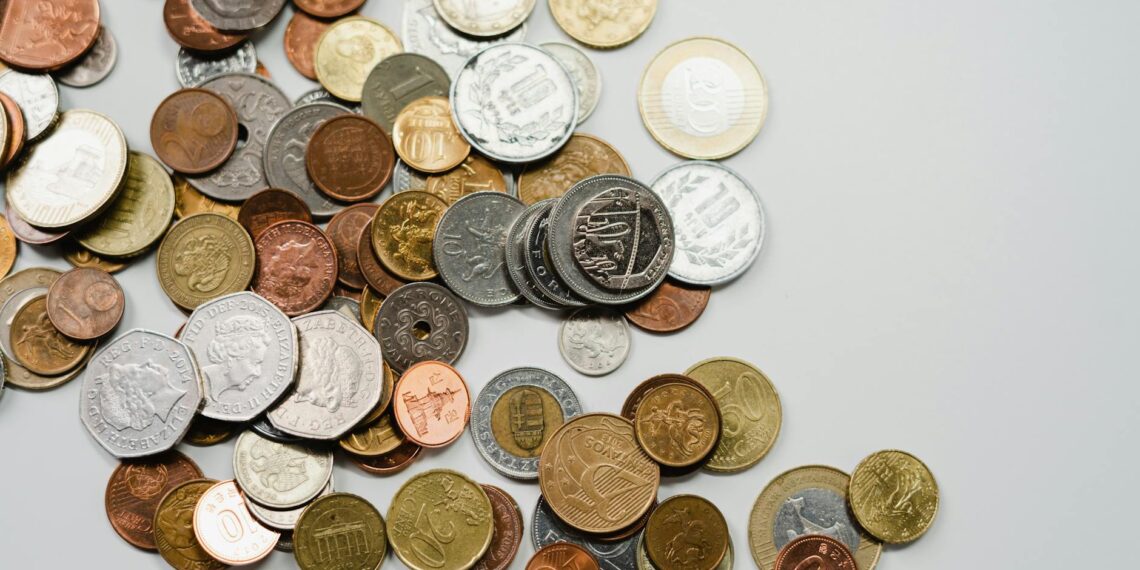The value of a 1979 Susan B. Anthony dollar that has been gold plated is largely dependent on its condition and if there are any specific varieties or errors. However, it’s important to understand the following:
- Gold plating is a secondary alteration: The United States Mint did not issue gold-plated Susan B. Anthony dollars. These are typically regular coins that have been modified by a third party, and this gold plating doesn’t inherently make the coin more valuable in a numismatic sense (to a coin collector).
- Gold content is negligible: The layer of gold on a plated coin is extremely thin, meaning the intrinsic metal value is practically nonexistent.
- Market value may vary: Despite the lack of inherent numismatic value from the plating itself, gold-plated Susan B. Anthony dollars are sometimes sold on online marketplaces at prices ranging from face value to around $20 or more, often marketed as collectible or commemorative items. Some listings show much higher prices, even up to $995.
- Key factors influencing value (even for gold-plated coins):
– Mint Mark and Variety: Look for the mint mark (P, D, or S) and any specific varieties like the “Wide Rim” or “Near Date” variety for the 1979-P coin, which can be more valuable.
– Condition: Coins in uncirculated, pristine condition will generally command a higher price than those that show wear and tear.
– Errors: Coins with rare mint errors can significantly increase the value. For instance, some 1979-S proof coins have a “blob-like” mint mark, making them more sought after.
In essence, while the gold plating itself doesn’t add much value, the underlying coin’s characteristics (mint mark, variety, condition, and errors) are still relevant to determining its potential worth, even if it’s been plated.








